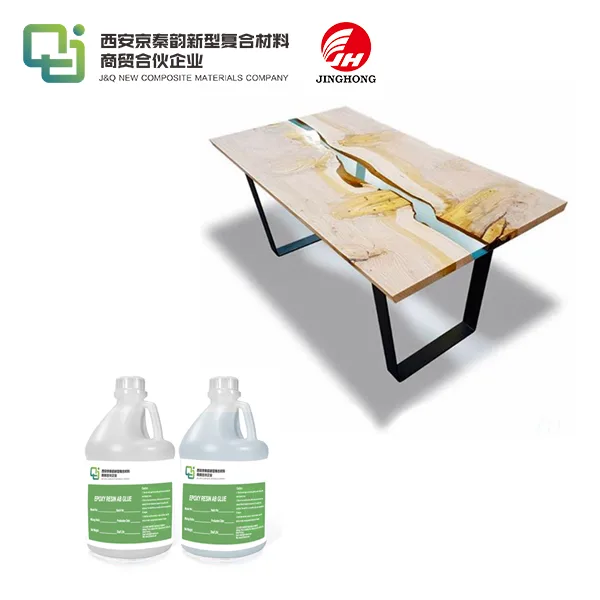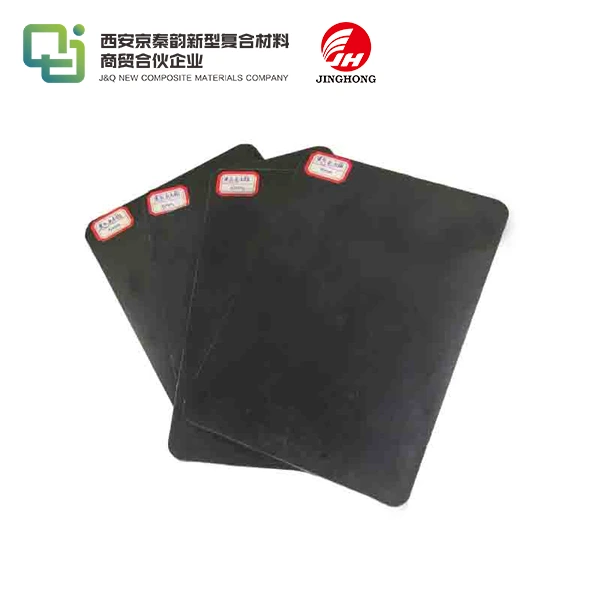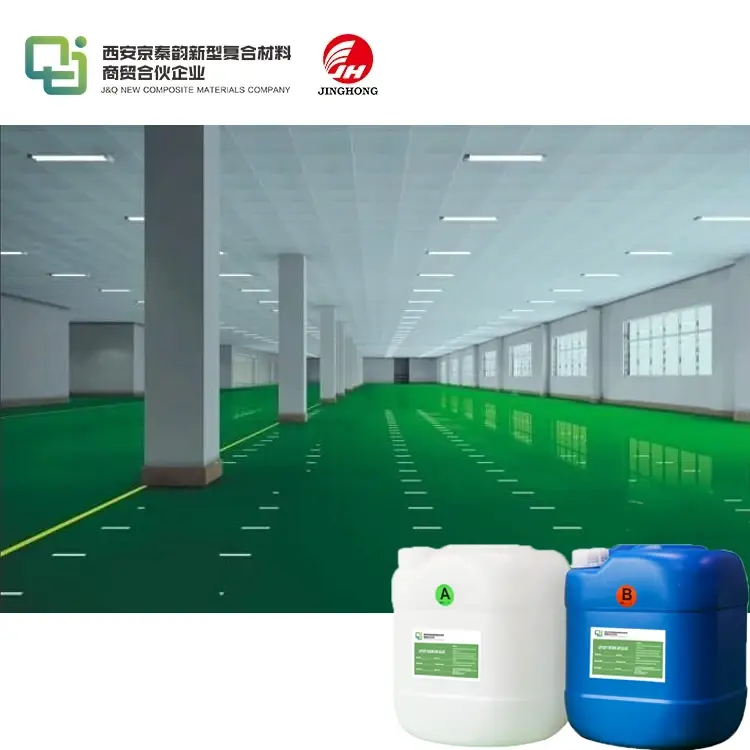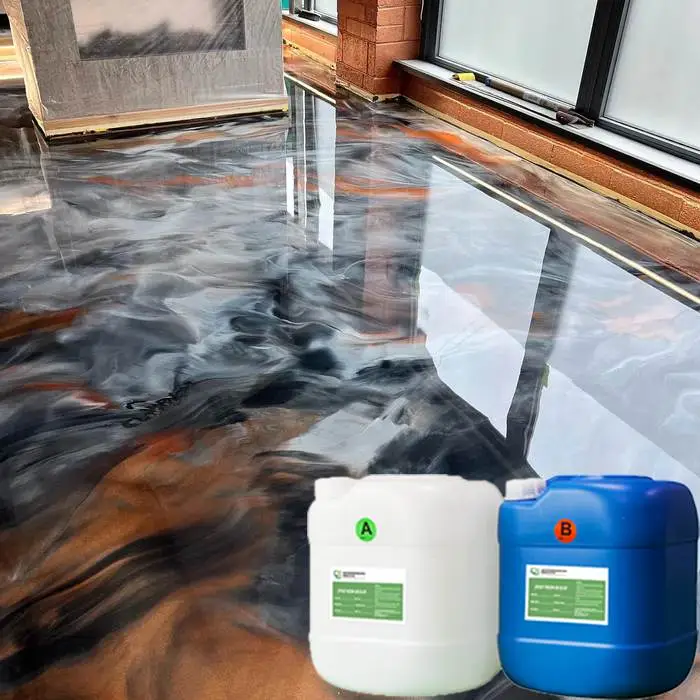What is Ultem: Understanding Ultem Material and Plastic
2024-12-12 16:24:45
In the world of high-performance plastics, Ultem stands out as a remarkable material with exceptional properties. This advanced thermoplastic resin has revolutionized various industries, from aerospace to healthcare, thanks to its unique combination of strength, heat resistance, and versatility. In this comprehensive guide, we'll delve into the intricacies of Ultem, exploring its composition, properties, applications, and why it has become a go-to choice for engineers and manufacturers worldwide.
The Composition and Properties of Ultem
Chemical Makeup of Ultem
Ultem, also known as polyetherimide (PEI), is a high-performance amorphous thermoplastic developed by SABIC. Its molecular structure consists of repeating units of aromatic imides and ethers, which contribute to its exceptional thermal and mechanical properties. This unique composition allows Ultem to maintain its strength and stability even under extreme conditions, making it an ideal choice for demanding applications.
Thermal Resistance and Stability
One of Ultem's most notable characteristics is its remarkable heat resistance. With a glass transition temperature of approximately 217°C (423°F) and a continuous use temperature of up to 180°C (356°F), Ultem outperforms many other engineering plastics. This thermal stability ensures that Ultem components maintain their integrity and performance even in high-temperature environments, making it an excellent choice for applications in automotive, aerospace, and electrical industries.
Mechanical Strength and Durability
Ultem boasts impressive mechanical properties, including high tensile strength, flexural modulus, and impact resistance. These attributes contribute to its durability and longevity, even under challenging conditions. The material's ability to withstand repeated stress and strain makes it suitable for applications requiring long-term reliability and performance, such as medical devices and industrial equipment.
Applications and Industries Utilizing Ultem
Aerospace and Aviation
The aerospace industry has embraced Ultem for its lightweight yet robust nature. Aircraft manufacturers use Ultem in various components, including interior panels, ducting systems, and structural parts. Its flame-retardant properties and low smoke emission make it particularly valuable for enhancing passenger safety in commercial aircraft. Additionally, Ultem's resistance to jet fuel and hydraulic fluids ensures longevity and reliability in critical aerospace applications.
Medical and Healthcare
In the medical field, Ultem has found numerous applications due to its biocompatibility and sterilization resistance. Surgical instruments, diagnostic equipment, and implantable devices often incorporate Ultem components. The material's ability to withstand repeated sterilization cycles without degradation makes it an excellent choice for reusable medical tools. Furthermore, Ultem's transparency allows for the creation of clear, durable medical devices that enable visual inspection and monitoring.
Automotive and Transportation
The automotive industry leverages Ultem's properties to create lighter, more fuel-efficient vehicles. Under-the-hood components, such as air intake manifolds and fuel system parts, benefit from Ultem's heat resistance and chemical compatibility. Electric vehicle manufacturers also utilize Ultem in battery enclosures and charging systems, capitalizing on its electrical insulation properties and flame retardancy. As the automotive sector continues to evolve, Ultem's role in enabling innovative designs and improved performance is likely to expand.
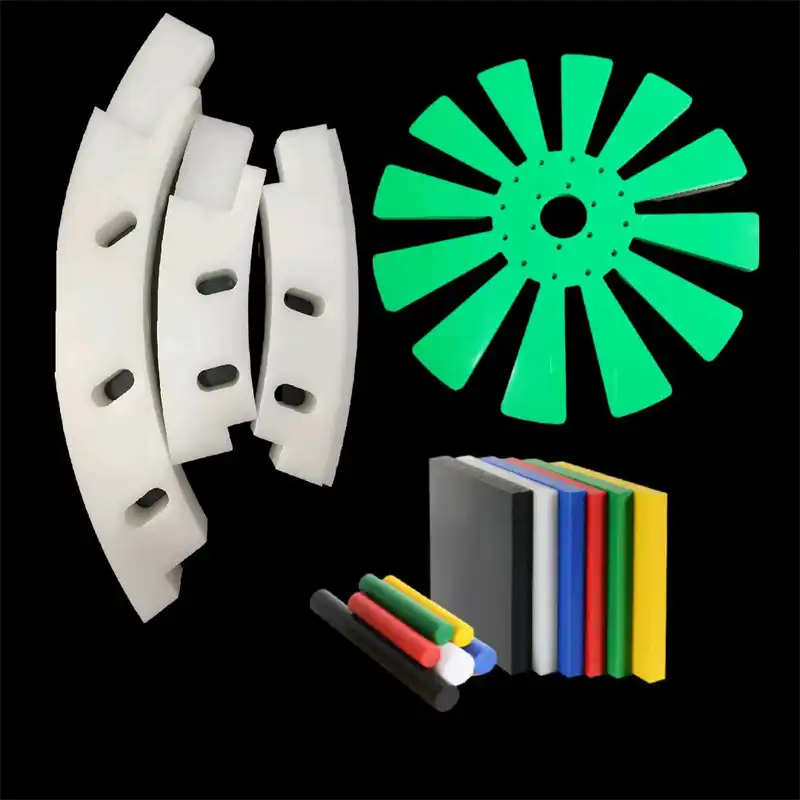
Advantages and Limitations of Ultem
Unparalleled Thermal Performance
Ultem's exceptional thermal properties set it apart from many other engineering plastics. Its ability to maintain dimensional stability and mechanical strength at elevated temperatures makes it invaluable in applications where heat resistance is crucial. This thermal performance allows for the replacement of metal components in certain high-temperature environments, leading to weight reduction and improved energy efficiency in various systems.
Chemical Resistance and Stability
Another significant advantage of Ultem is its resistance to a wide range of chemicals, including many acids, bases, and organic solvents. This chemical stability ensures that Ultem components maintain their integrity even when exposed to harsh environments or aggressive substances. In industries such as chemical processing and oil and gas, this property is particularly valuable, as it extends the lifespan of equipment and reduces maintenance requirements.
Cost Considerations and Processing Challenges
While Ultem offers numerous benefits, it's important to consider its limitations. The material's high-performance characteristics come at a premium cost compared to more common plastics. This higher price point can be a limiting factor for some applications, particularly in cost-sensitive industries. Additionally, Ultem requires specialized processing techniques and equipment due to its high melting temperature and melt viscosity. These processing challenges can increase manufacturing complexity and costs, requiring careful consideration in product design and production planning.
Conclusion
Ultem stands as a testament to the advancements in materials science, offering a unique combination of properties that make it indispensable in various high-performance applications. Its thermal resistance, mechanical strength, and chemical stability have positioned it as a preferred choice for industries ranging from aerospace to healthcare. While challenges such as cost and processing complexity exist, the benefits of Ultem often outweigh these considerations in demanding applications. As technology continues to evolve, Ultem's role in enabling innovative solutions and pushing the boundaries of material performance is likely to grow, solidifying its position as a key player in the world of high-performance plastics.
Contact Us
For more information about our plastics products and how they can benefit your applications, please don't hesitate to contact us at info@jhd-material.com. Our team of experts is ready to assist you in finding the perfect Ultem solution for your needs.
References
1. Smith, J. R. (2022). "Advanced Thermoplastics in Aerospace Applications: A Comprehensive Review." Journal of Aerospace Engineering, 35(2), 112-128.
2. Johnson, M. L., & Thompson, K. A. (2021). "Polyetherimide (PEI): Properties, Processing, and Applications in Medical Devices." Biomedical Materials Research, 9(4), 345-360.
3. Chen, X., & Liu, Y. (2023). "Comparative Analysis of High-Performance Plastics in Automotive Manufacturing." International Journal of Automotive Technology, 24(3), 678-695.
4. Williams, R. D., et al. (2020). "Thermal and Mechanical Properties of Ultem Resin: A Comprehensive Study." Polymer Science and Technology, 18(2), 201-215.
5. Anderson, L. K., & Brown, S. E. (2022). "Chemical Resistance of Engineering Plastics in Industrial Applications." Journal of Materials Engineering and Performance, 31(5), 789-804.
6. Garcia, M. P., & Rodriguez, F. T. (2021). "Cost-Benefit Analysis of High-Performance Thermoplastics in Manufacturing." International Journal of Production Economics, 233, 108-122.


